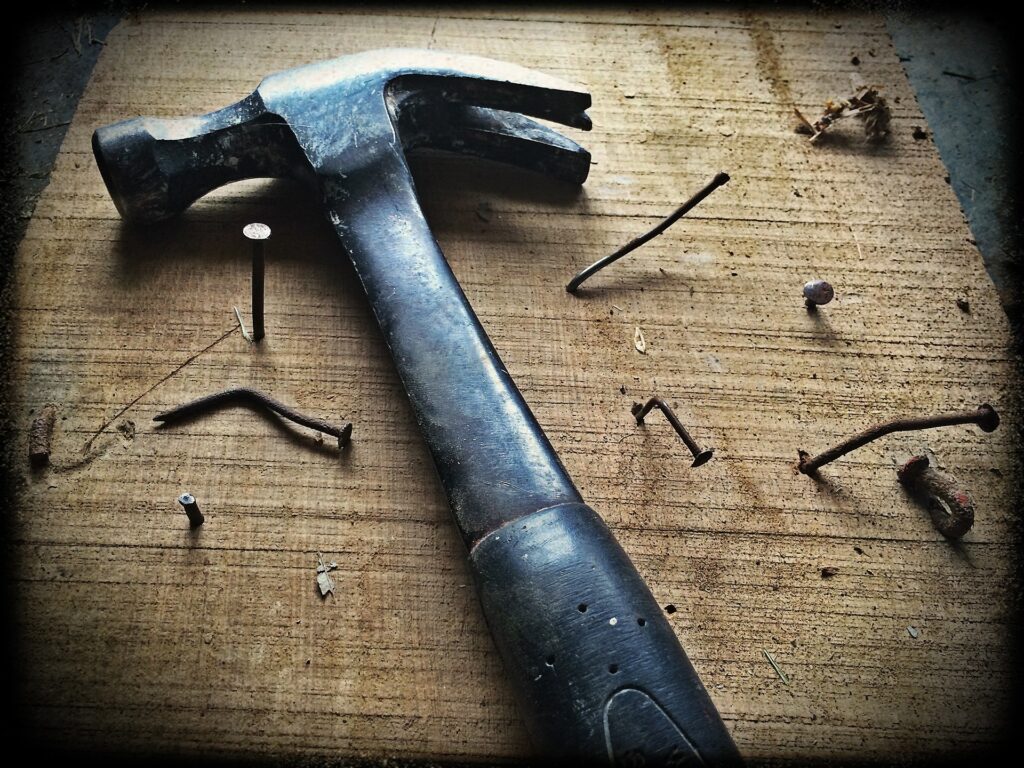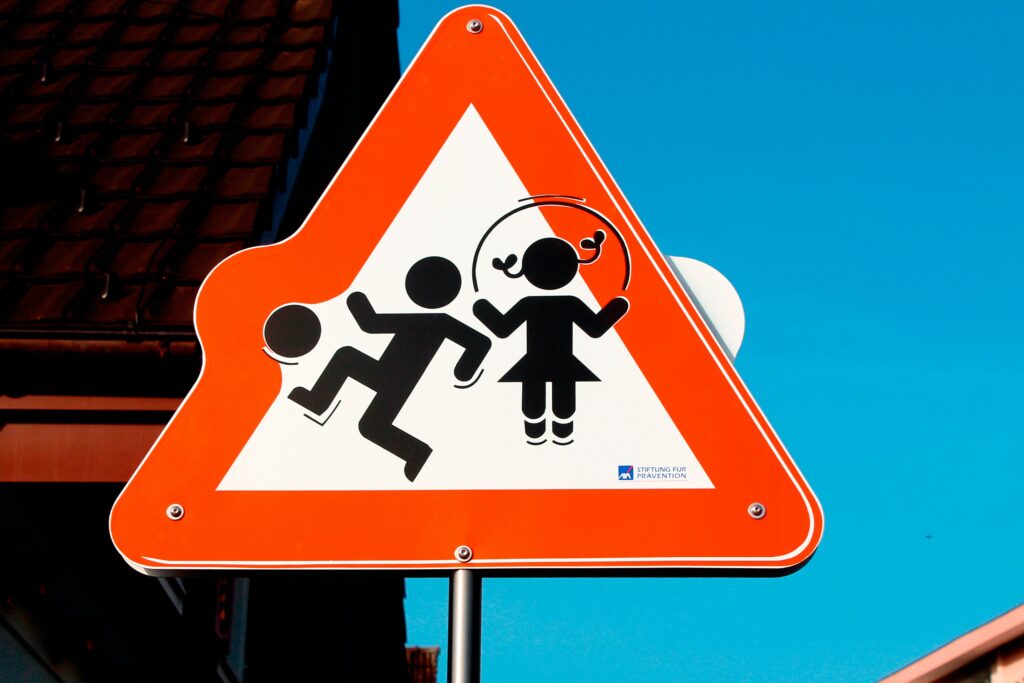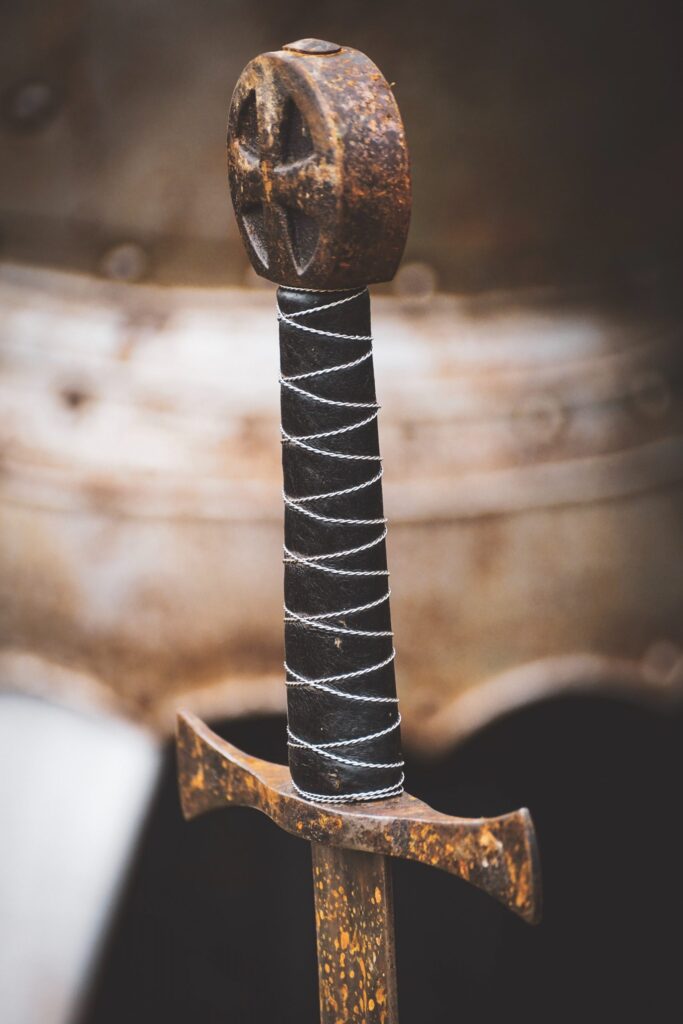Managing Safety in Martial Arts
Swinging a steel sword at someone, even a blunted one, seems risky. That’s because it is. How do we manage to practice an art that is traditionally deadly in a way that allows us to keep practicing it—often rigorously—for a long time? There are three primary ways that we mitigate risks in martial arts:
Control
Physical control is the ability to have your weapon do exactly what you intend it to do. It is not about hitting lightly or hard, it is about hitting as you intend.
Self-control is the ability to check your intentions and act according to your goals. Good practitioners don’t want to hurt their partners. It should be your goal to leave your fellow practitioners healthier than you found them.
Both of these types of control take time to develop and are central to being an excellent martial artist. By learning control we not only learn to be more effective and precise practitioners, we also develop greater self-discipline and self-awareness—two of the deepest goals in martial practice.
Protective Equipment
Protective equipment allows us to apply higher levels of force or strike targets that are vulnerable even to blunted swords at slow speeds (such as your face). They are also one means of keeping ourself and our partners safe while we learn to develop control.
It is important to recognize that protective equipment is not a replacement for control. No training sword nor type of armour keeps you safe on its own; a combination of appropriate protective equipment combined with respectful practice is what truly mitigates risk.
When you’re first learning to develop control, it is better to structure your practice to manage safety and healthy learning (i.e., doing things slower at first, or limiting your technical scope) than try to compensate for sloppy technique through the use of equipment.
Personal Discretion
A post I read recently on the Flutter of Wings Tumblr about dealing with heavy hitters highlights this point well. If a situation you are entering seems unsafe, it’s time to practice the discretion part of valour. This could mean telling your partner to slow down, taking yourself out of a practice or even a tournament bout, or letting an official know when an unsafe situation exists or might exist.
Look after yourself. Truly you have nothing to prove. This is an art that you want you and your friends to be able to practice into the twilight of your lives. Be wise in how you practice and you will.
Tell us about how you manage safety in the comments.
Devon



Responses